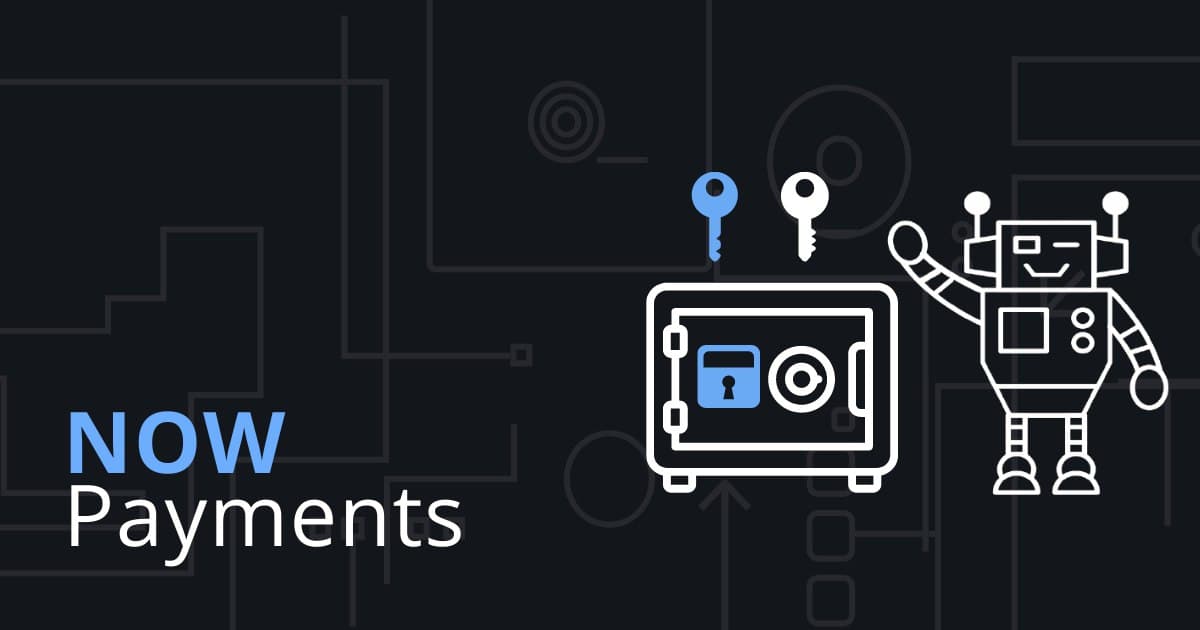NOW is the time to analyze yet another cool wallet feature – multi-signature. What is a multi signature wallet for cryptocurrency? Find out in our article!
Multi-signature wallets are gaining momentum in the realm of cryptocurrency transactions. Before learning more about why users prefer such wallets and what its benefits and drawbacks are, let us start our inquiry with the primal question: what is a multi-signature wallet.
What is a Multi-signature wallet?
Multi-signature (multi-sig) crypto wallets are a type of digital wallet that require multiple private keys to authorize a transaction. Unlike traditional single-signature wallets, where only one key is needed to move funds, multi-sig wallets enhance security and control by involving multiple parties.
Depending on exactly what type of a multi-signature wallet one you are using, the number of signatures required to approve and authorize a transaction could either be equal to or fewer than the number of co-owners. These wallets are typically denoted by the format “M-of-N,” where M is the minimum number of signatures required, and N is the total number of keys that can authorize a transaction. For example, a 2-of-3 multi-sig wallet would need at least two out of three possible keys to approve any transaction.
How does a multi-signature Bitcoin wallet work?
Let us discuss the functioning of a Bitcoin multi-signature wallet. The norm, before multi-signature wallets started gaining popularity, was to store bitcoins in a single-key wallet. Only one person had to authorize the transaction, and anyone who knew the private key of the wallet could complete the transfer of funds. While this was a faster and easier way to transfer funds, it was a vulnerable way in terms of security. It had only one point of failure. Bitcoin multi-signature wallets solved this vulnerability by adding multiple layers to the transfer.
In a multi-signature bitcoin wallet of the 2-2 variety, for example, if co-owner A wants to transfer funds, the wallet creates a transaction which first gets signed by the co-owner A. Now, until the same transaction is signed by the other co-owner, the fund does not move from the wallet. Once the co-owner B signs the transaction, the wallet broadcasts it to the network and finally transfers the funds.
The logic of multi-signature Bitcoin or Ethereum wallets works in a fashion that up till the time the second co-owner does not sign the transaction, the transaction proposal remains valid in the wallet. It does not expire. There is no time limit for the co-owner to sign. There is also no hierarchy among the two co-owners involved in the transaction. Any one of the co-owners can originate the transaction, and all the other co-owners can sign and approve that transaction whenever they want.
The procedure is slightly different for a 2-3 multi-signature wallet. Here, any one of the co-owners can originate a transaction, and any one of the two remaining co-owners can sign the transaction to get the approval done.
The Advantages Of a Multi-Signature Wallet

- Safety.
A multi-signature wallet helps to get rid of the security concerns that come with a single private key mechanism. It reduces the dependency on one person and, at the same time, makes it difficult for cyber attackers by increasing the number of potential failure points that the hacker would now have to address.
- No dependency on one device.
For example, a crypto user can save one private key in his or her mobile phone, whereas the other one in his or her desktop or laptop device. In such a situation, even losing any one of these devices, or getting the integrity of any one of these compromised devices would not translate into compromising the wallet and the funds stored in it.
- Perfect as an escrow account.
It can serve as an account where one party can keep their funds stored for the other party to see and to withdraw only after the other party has delivered the goods or services that it had promised. In a multi-signature wallet of 2-3 variety, there is also the provision of a third party being present as the mediator ar arbiter in the transaction.
To explain this arrangement with an example, co-owner A would first deposit the funds by creating and signing on a transaction proposal for transferring funds to co-owner B in exchange for a service. Under the purview of co-owner C, co-owner B will only sign the transaction and receive the payment when he or she has delivered what had been promised.
Expanding this logic of escrow account, the board of directors of a company can use multi-signature wallets to control the funds of the company in a more democratic and consensual way. For an increasing number of members on the board, the authorities can opt for wallets that require even more signatures, such as 4-6 wallets. It makes sure that any single member on board or even a sub-group of two or three members can not misuse the funds of a company.
The Disadvantages of a Multi Signature Wallet
With a significant number of benefits, a multi-signature wallet has its drawbacks too. The process of recovery in a multi-signature wallet is cumbersome. It requires importing each of the recovery phrases on a different device. Setting up a multi-signature wallet is not as easy as it is for a single-signature wallet. Setting up a multi-signature wallet requires technical knowledge. Otherwise, one might have to depend on a third-party installer, which may compromise the integrity of the wallet.
Multi-signature wallets are a relatively new technology. There are not many well-established safety-nets and legal recourses in place in case something goes wrong.
Common Use Cases
- Business and Corporate Accounts: Companies can use multi-sig wallets to manage their funds securely. Multiple executives or departments might hold different keys, requiring collaboration for financial decisions.
- Escrow Services: In transactions involving a buyer and seller, a third-party mediator can hold one of the keys, ensuring that funds are only released when both parties meet their obligations.
- Joint Accounts: Families, friends, or business partners can use multi-sig wallets to manage joint funds, such as shared investments or savings, requiring consensus for spending.
- Decentralized Autonomous Organizations (DAOs): DAOs often use multi-sig wallets to manage their treasury, ensuring that multiple members must agree before funds can be accessed or spent.
Summary
Weighing the advantages and drawbacks, one can reasonably infer that despite a few demerits, multi-signature wallets are a much credible and highly secure alternative for managing crypto funds. Not only bitcoin but wallets for other cryptocurrencies, such as an Ethereum multi-signature wallet, make these crypto transactions more useful and multi-faceted. For example, there are multi-signature hardware wallets that connect to live crypto exchanges. Wallets like Electrum multi-signature wallet are also making it easy for users to install. These wallets come with step-by-step guides that any moderately crypto-initiated user can set up.
One can expect in the days to come that the use of multi-signature wallets will become the default choice for crypto investors and users alike. With its spread in the market, one can also assume that innovations will make it further easy to install and conveniently recoverable without compromising its security advantages.

